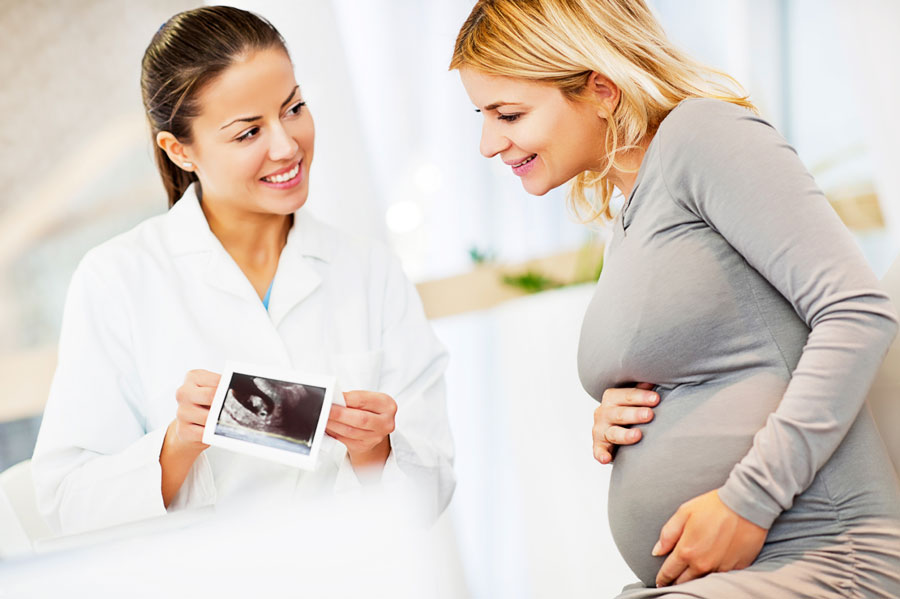
During the first consultation, we check whether the woman is in good enough health to carry a pregnancy. We carry out a gynaecological test (the woman may provide one from her gynaecologist), and embryos are assigned. We then perform an ultrasound scan and (painlessly) test the catheter that will be used to transfer embryos through the cervix.
This determines the best course of treatment, and a date is chosen to unfreeze and transfer the embryos.
The uterus is made ready to receive embryos by applying skin patches and administering vaginal tablets. After a few days, the uterus is ready and the embryos can be unfrozen and transferred with no need for hospital admission. You should just avoid physical strain in the hours following the procedure.
